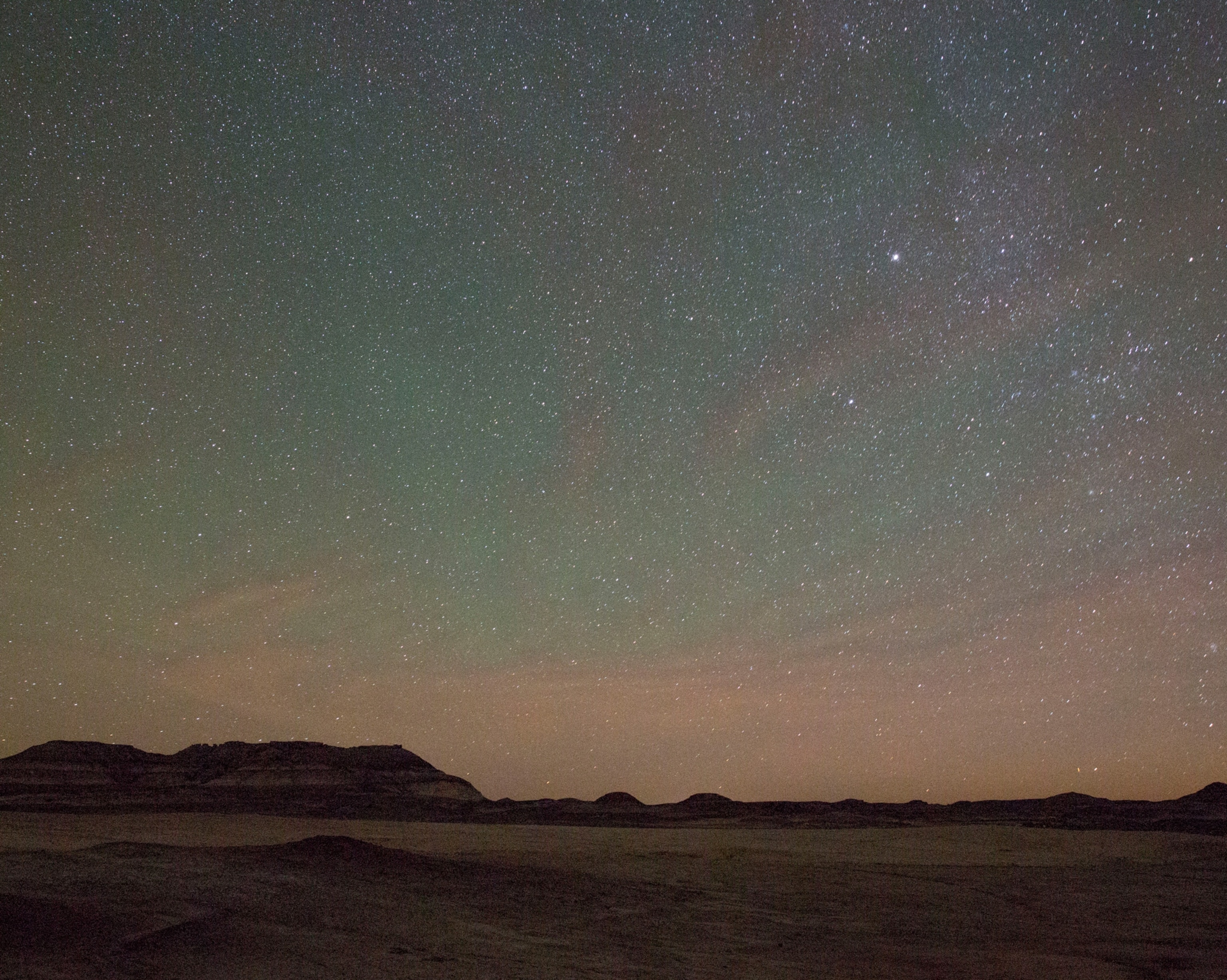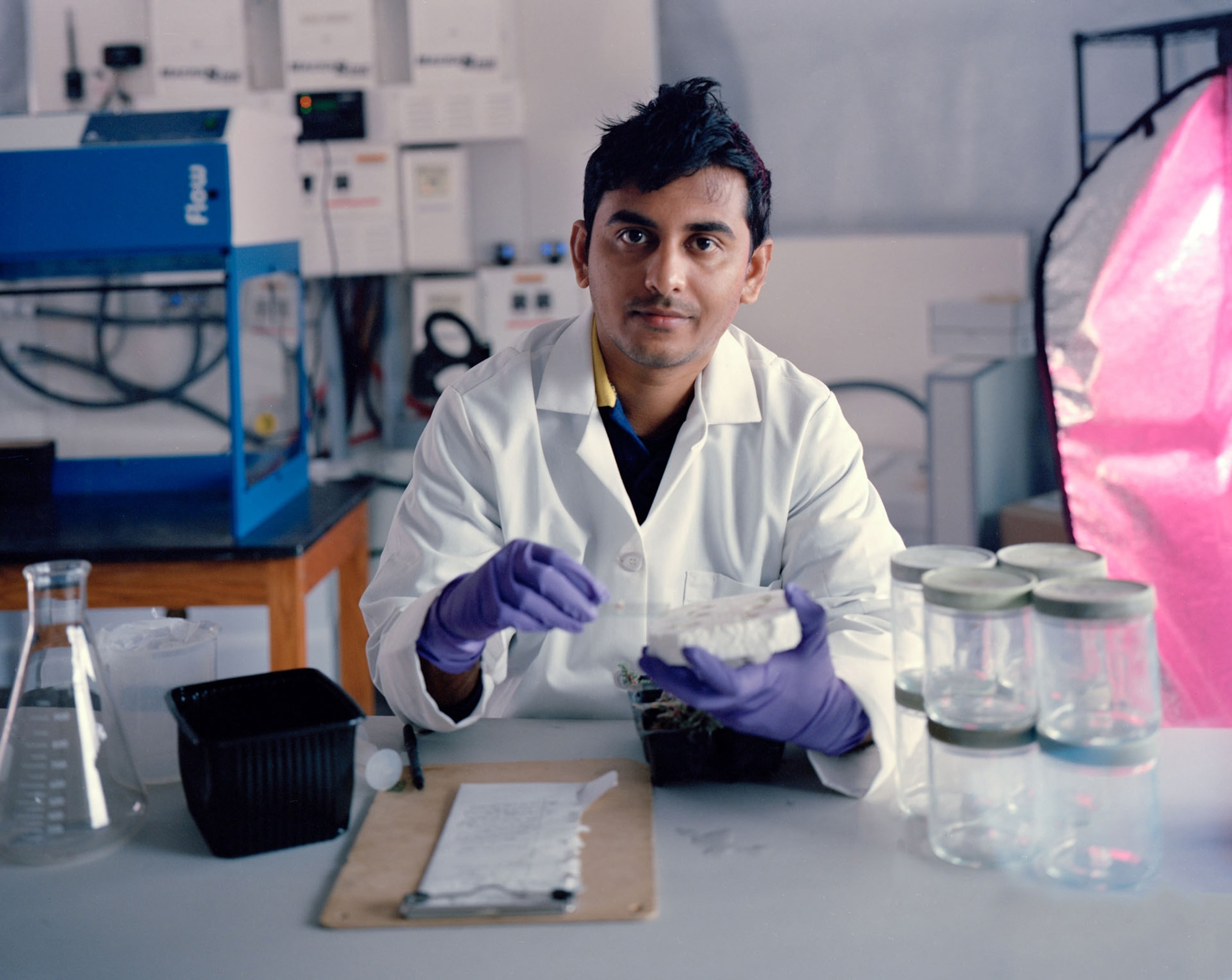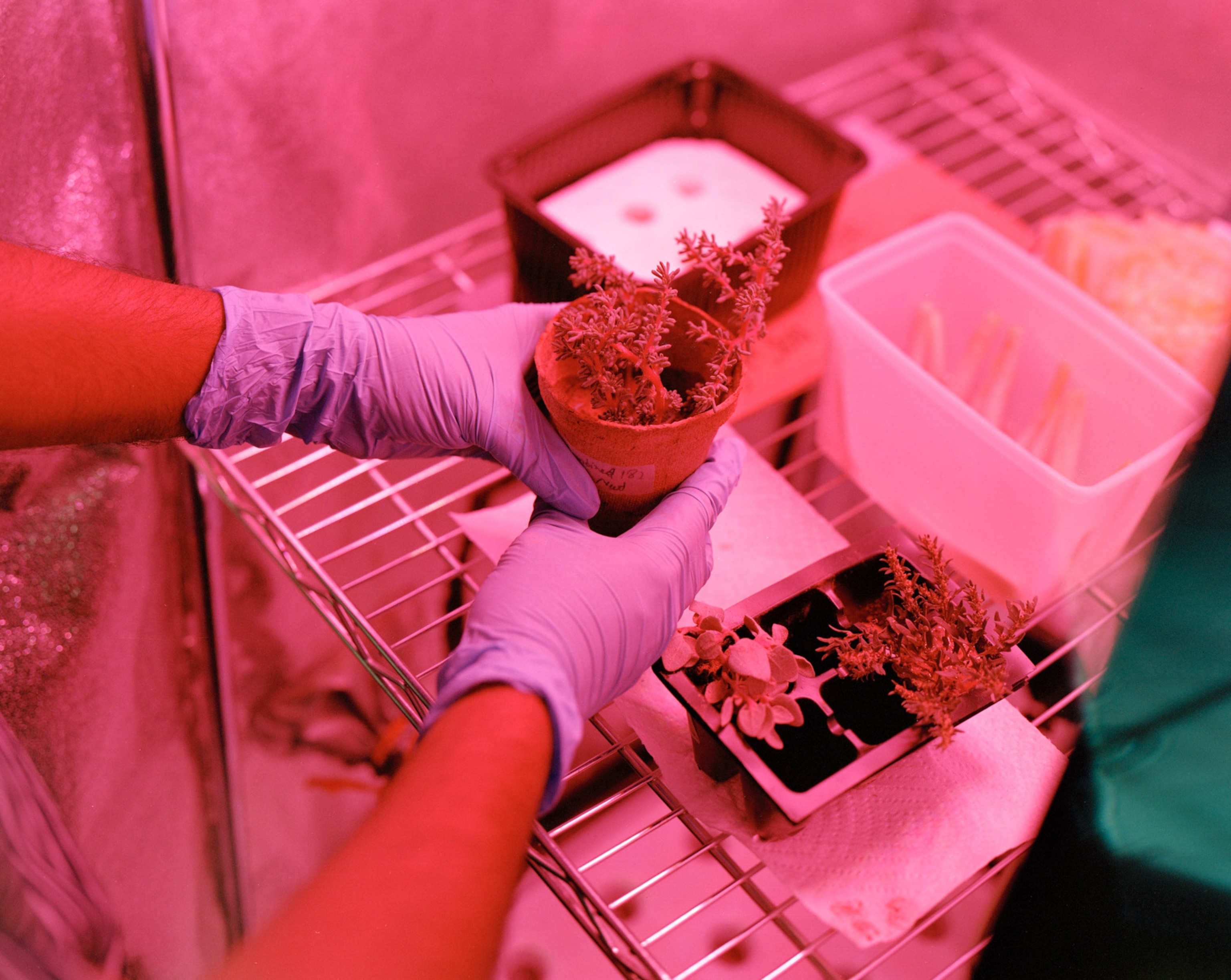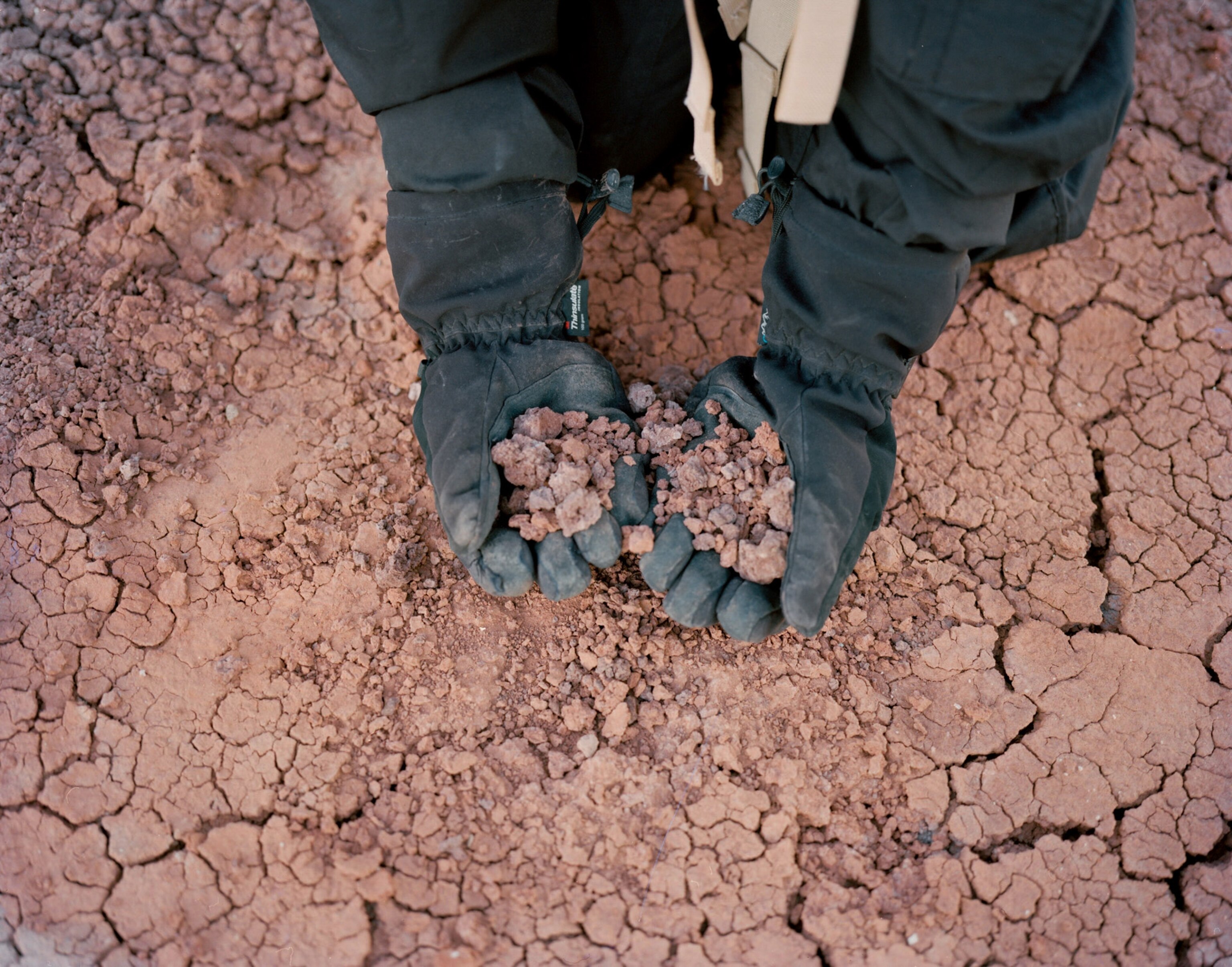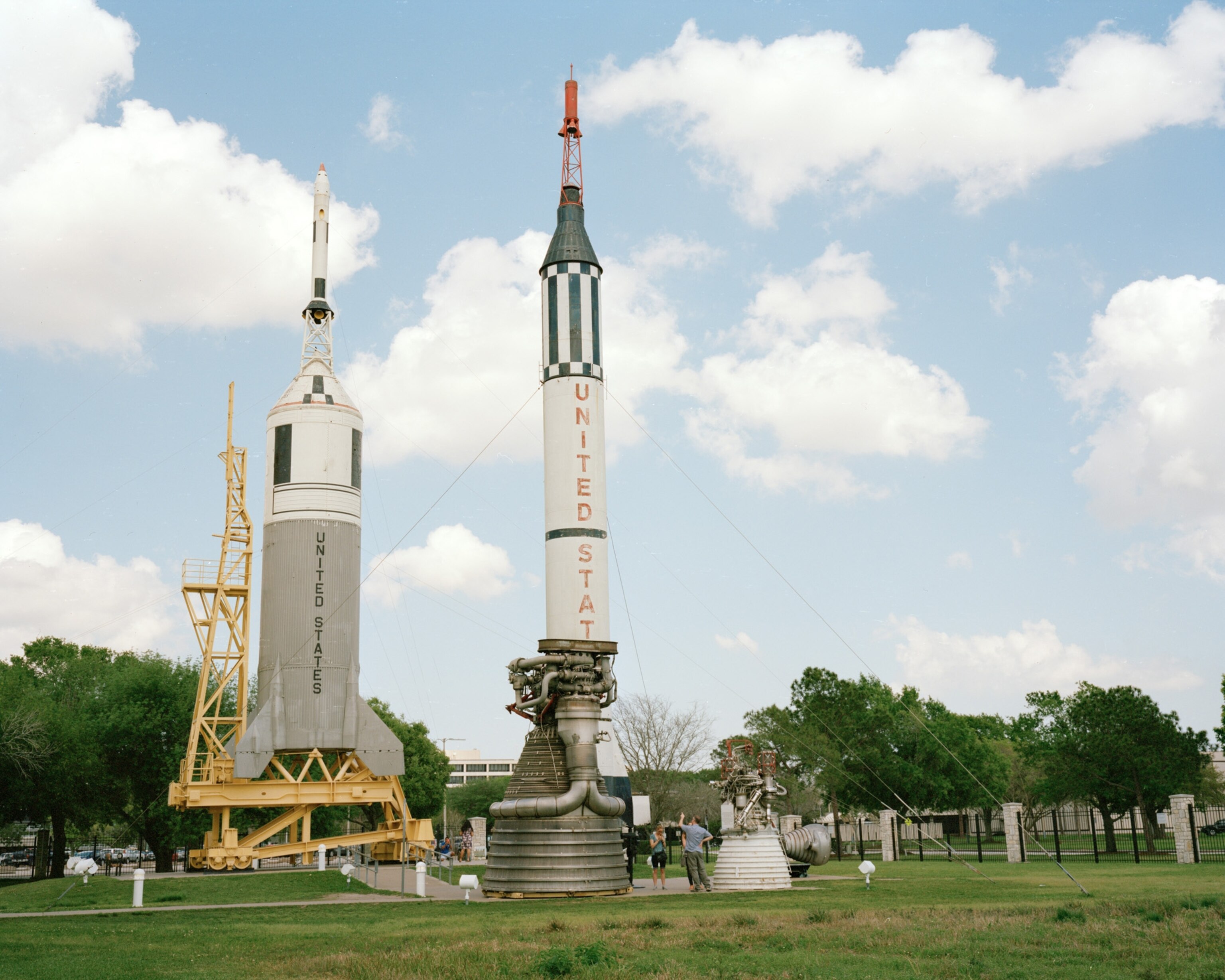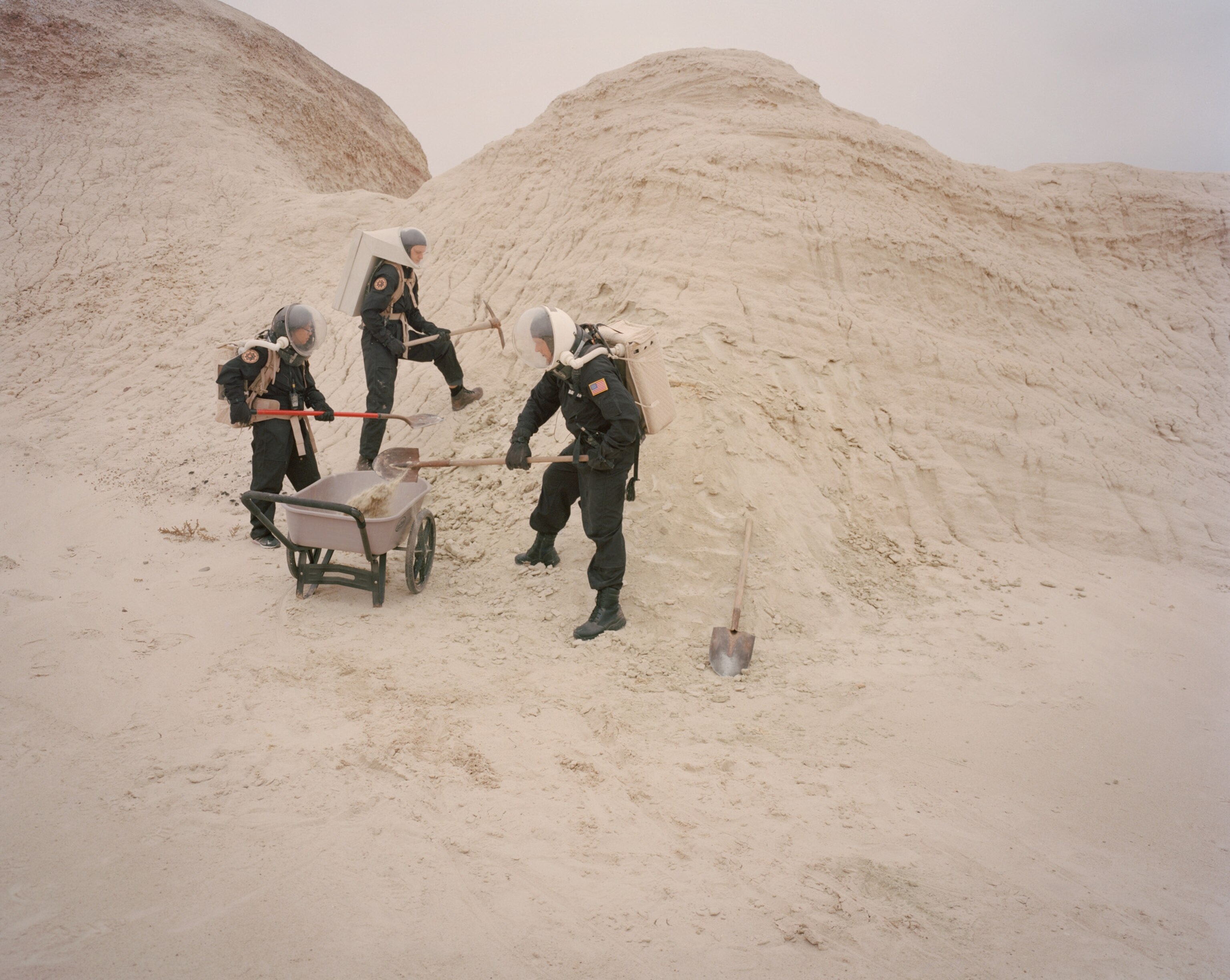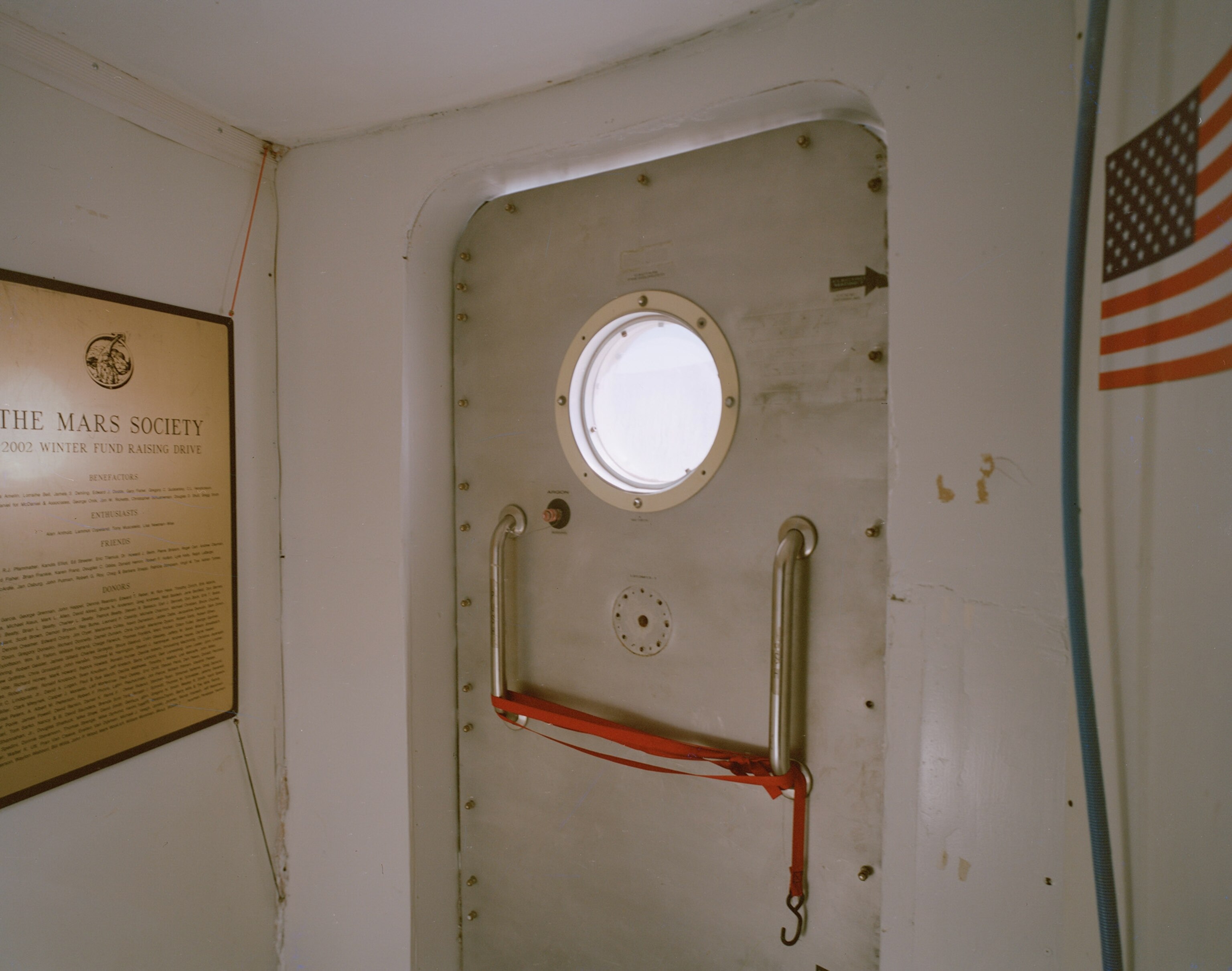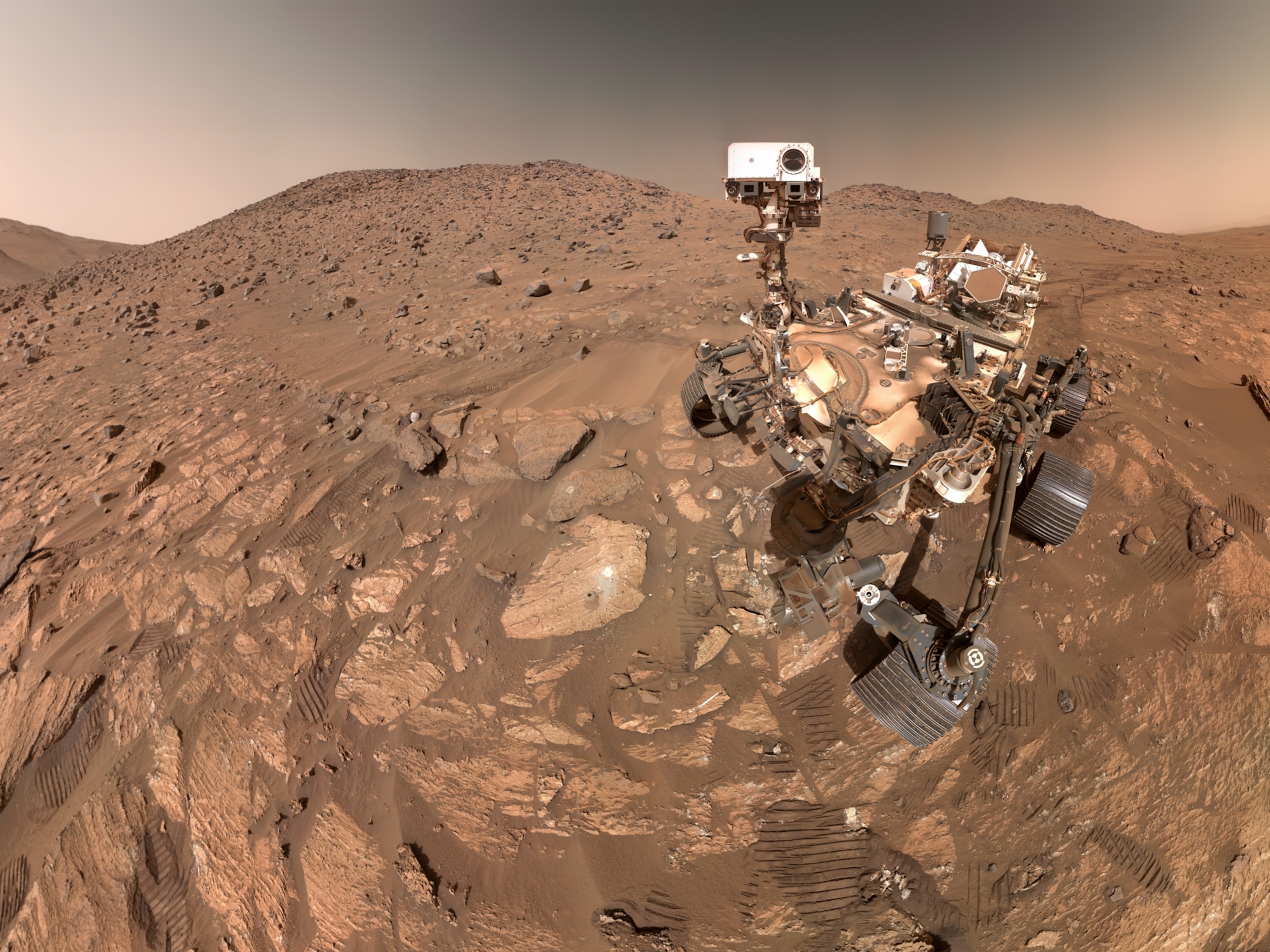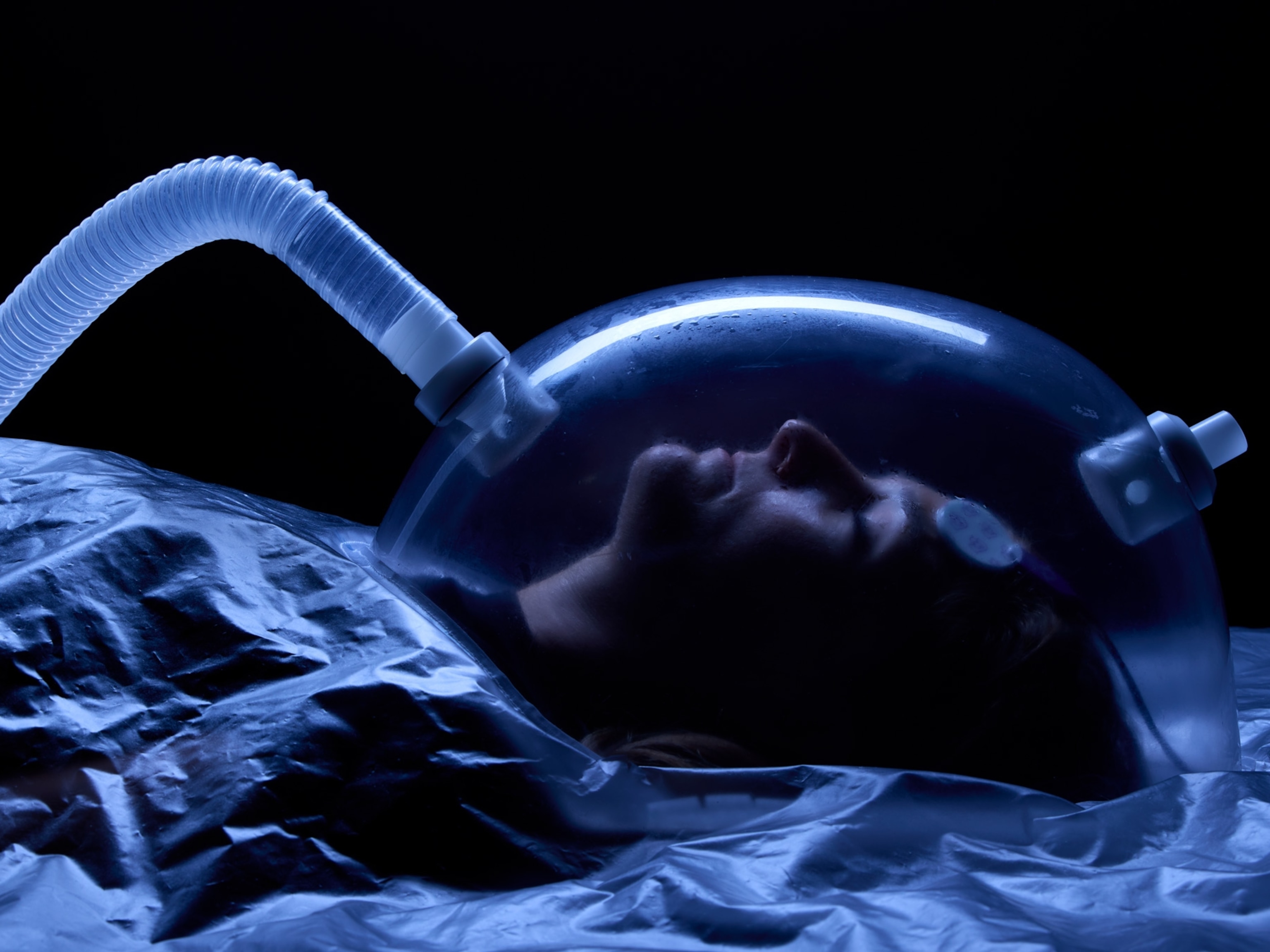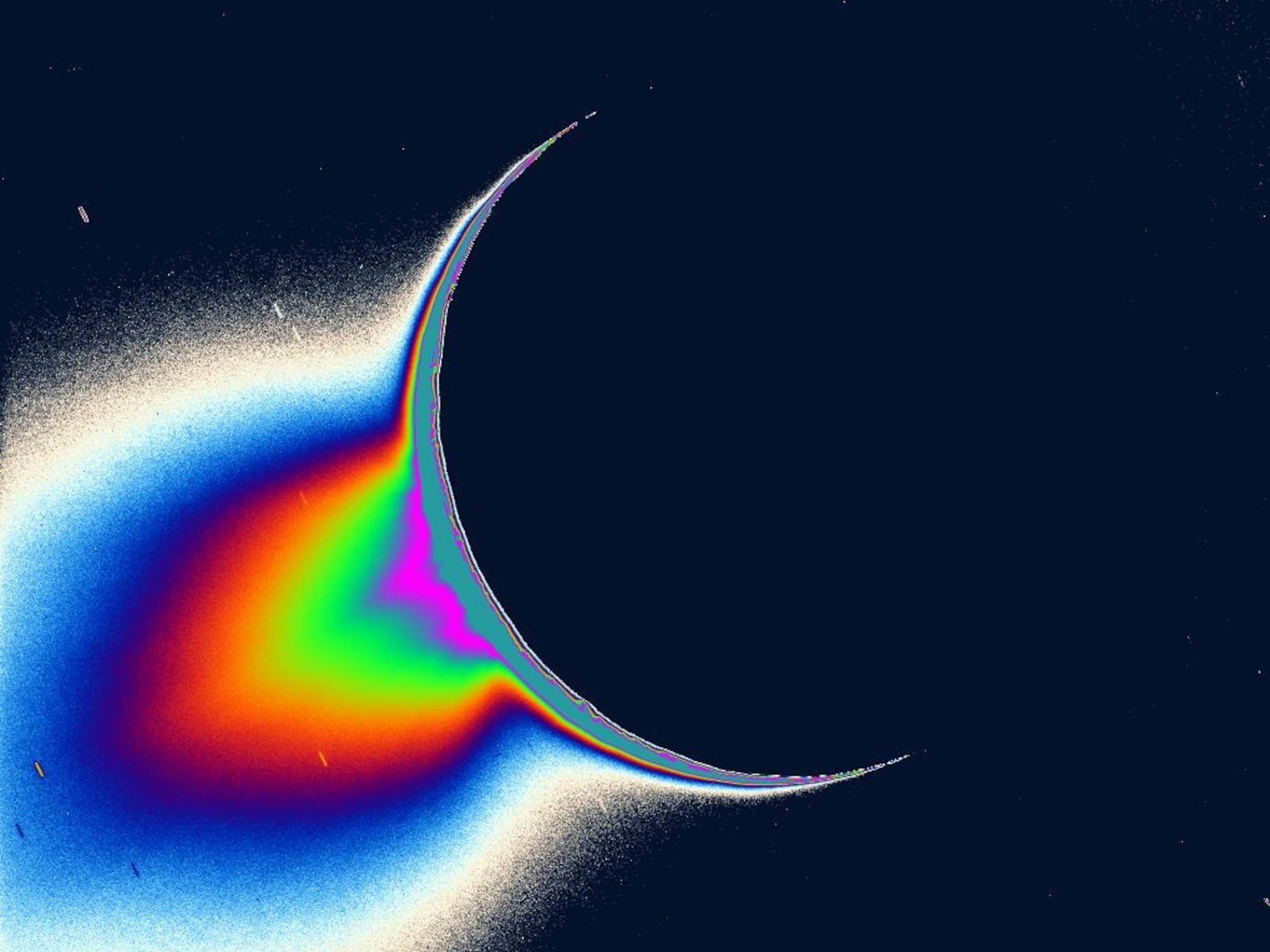
Meet the Crews Preparing for Human Life on Mars
A photographer shows us what it's like training to live on the red planet.
Unlike, say, training to be a cage fighter, training to go to Mars requires a substantial suspension of disbelief. But that has not stopped scores of people from participating in simulations that re-create Mars on Earth in attempts to better understand and prepare for the challenges of one day sending humans to the red planet.
Often set in dusty, remote locations, these so-called Mars analogs often feature lifestyle choices meant to approximate humanity’s journey to the next planet over: There’s a 20-minute communications delay (so, no phone calls); meals made of freeze-dried yummies or carefully grown crops; limited water supplies; and don’t you ever, ever leave the habitat without a spacesuit on—otherwise, the toxic “Martian” atmosphere will finish you off. (NASA's newest Mars mission is also trying to find out whether red planet rumbles called marsquakes would pose any risks to human visitors.)
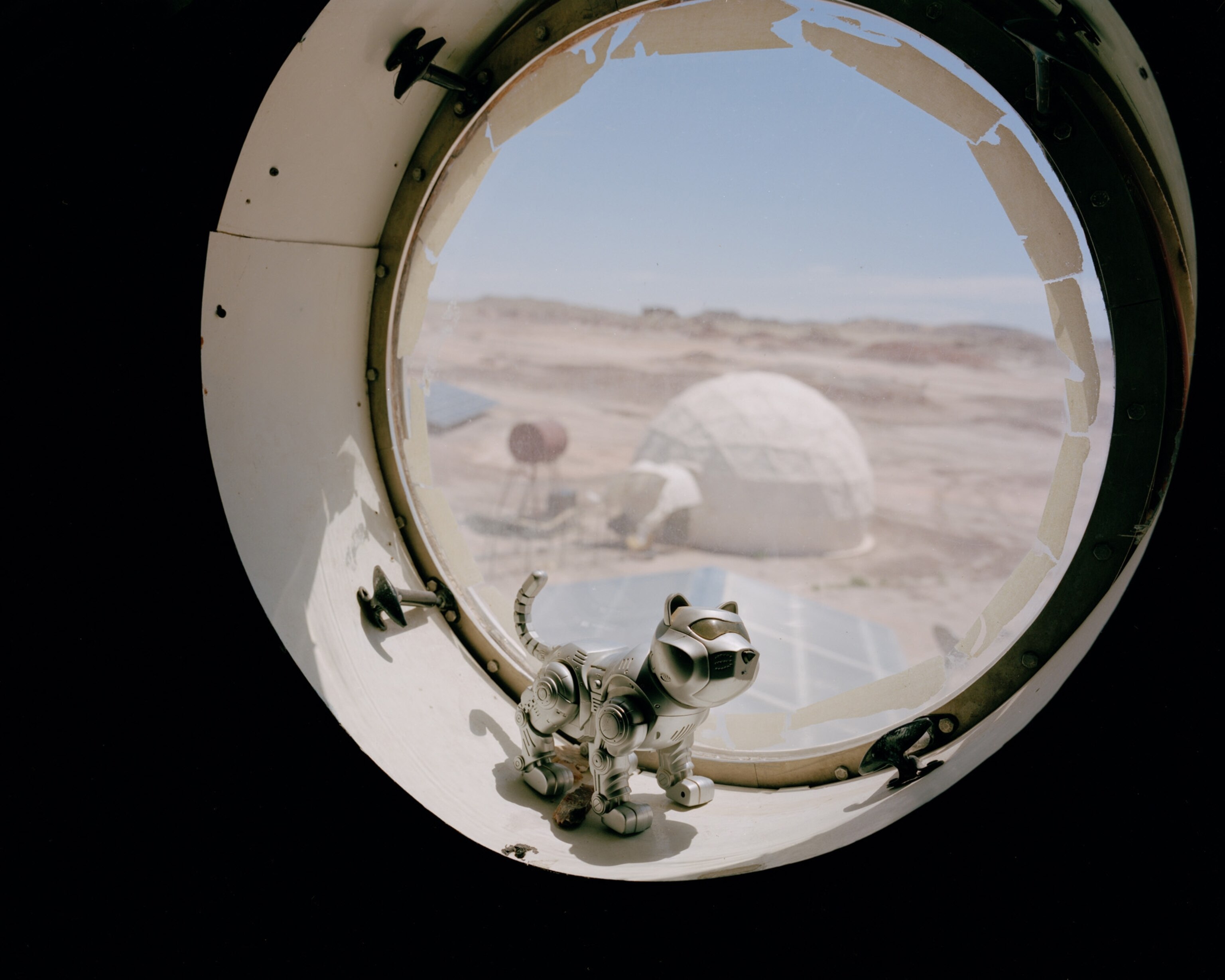
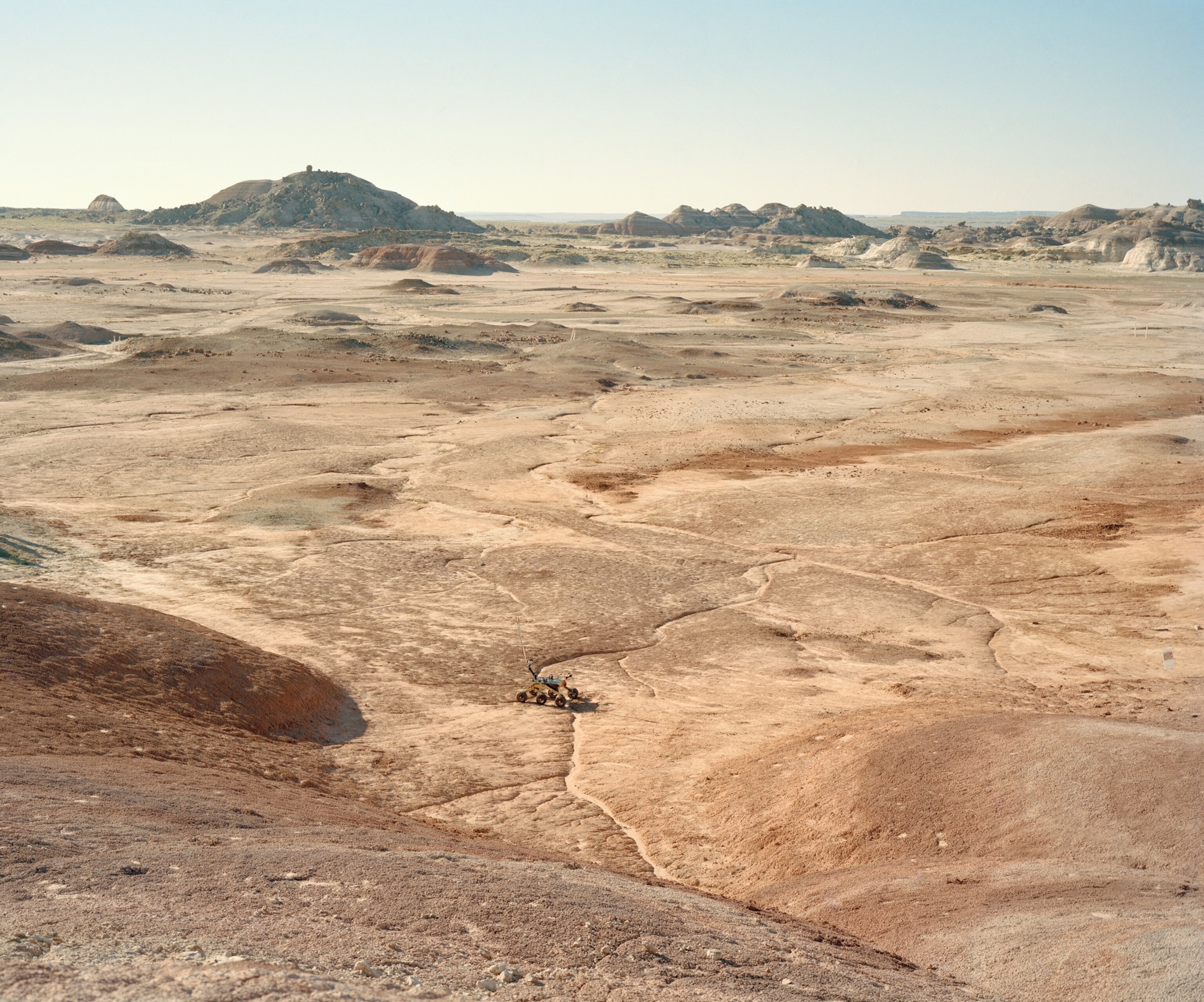
“I want to document how we got to Mars and why we did everything we did, and what it means to actually exist on Mars, on Earth” says Boston-based photographer Cassandra Klos, who is documenting the divide these simulations inhabit. “You have a mission and you need to complete this mission, and you can’t just open the flap and walk outside.”
In addition to that inescapable dichotomy of reality, Klos wanted to produce the kinds of images she might make if she were the first human photographer on Mars.
“What would I be interested in seeing when the first pictures of people on Mars come back? Humans in the landscape? Scale?” she asks. “I would love to show that dynamic between this vastness of landscape and the claustrophobic nature of where you were to get there.”
For Klos, understanding this part of the journey meant that she needed to experience Earth-Mars herself.
So, she visited the HI-SEAS installation, in which participants have lived for as long as year inside a geodesic dome parked on the slopes of Hawaii’s Mauna Loa. This experiment isolates six-member crews in a volcanic environment that’s not unlike what might be encountered on Mars (except for Earth gravity and breathable air). It’s primarily designed to study the psychology and group dynamics that occur during the isolation of deep space travel.
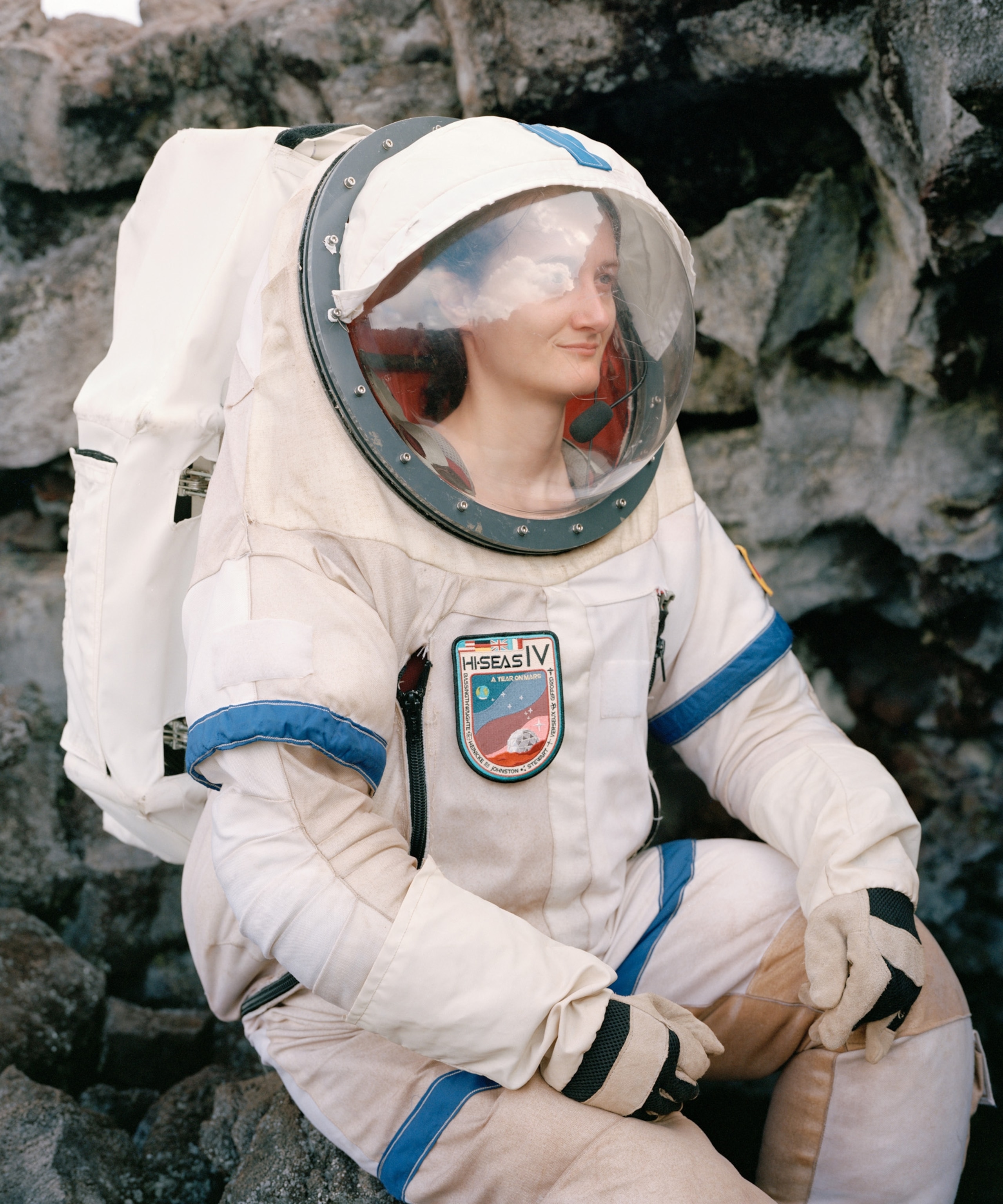
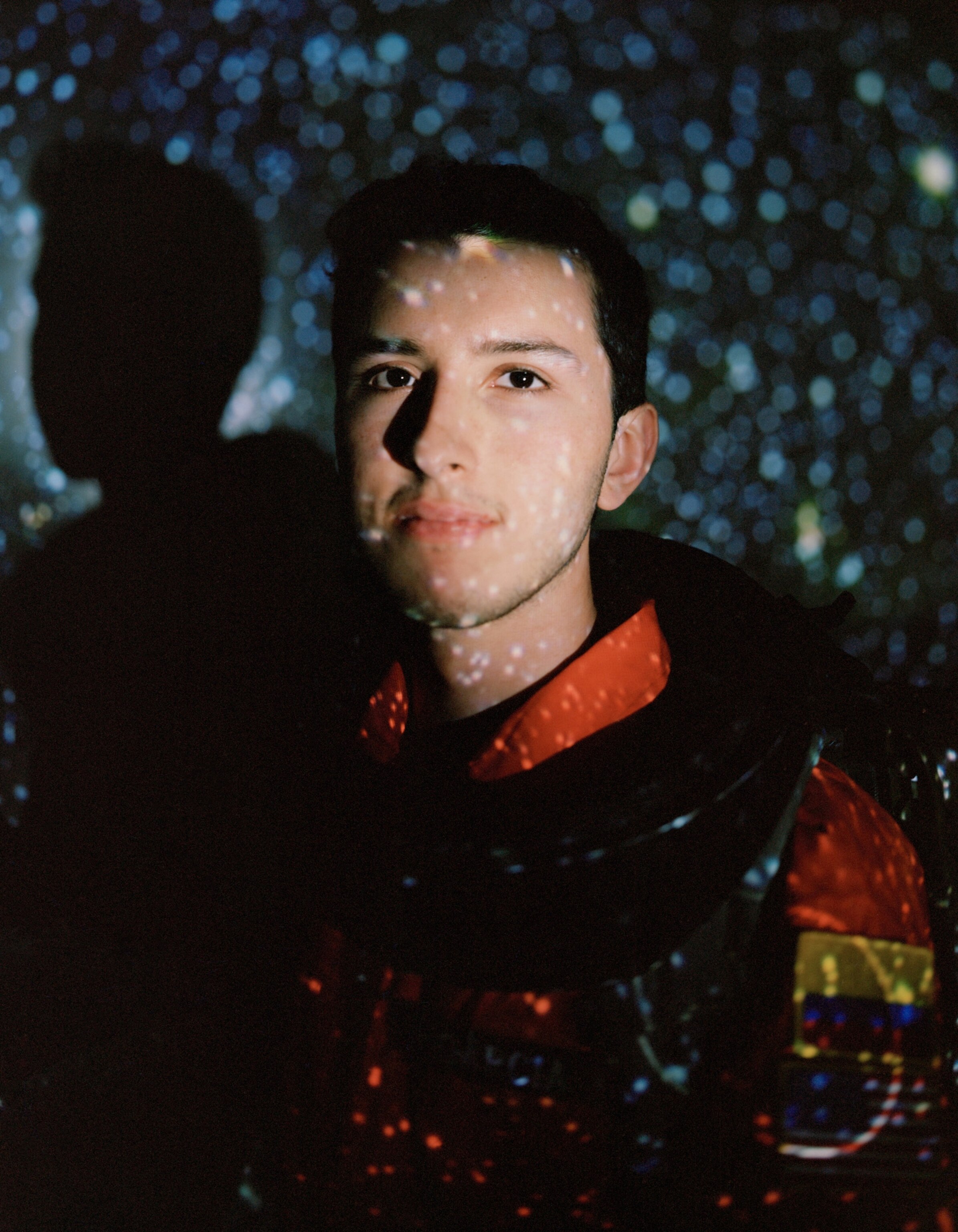
She’s also visited the Human Exploration Research Analog, which lives in NASA’s Johnson Space Center in Texas, and which challenges four-person crews to fly through simulated deep space for 30 days. And she’s photographed a competition in which college students build rovers and set them loose on simulated Martian landscapes.
Klos even participated in a Mars simulation herself set in a dry expanse of Utah desert near Hanksville. At the Mars Desert Research Station, the experiment’s goals are vaguely similar to those of HI-SEAS, but crews sign up for only two weeks at a time. More than a thousand “desertnauts” have been through the sim; during her first stay on Mars, Klos was the artist-in-residence; during her second trip, she was the group’s commander.
In the future, Klos might photograph a European experiment that takes place underground, or a new simulation being set up in Chile.It’s all part of her desire to document the path humanity is taking to the red planet.
“I feel like this project won’t really be complete until people are actually on Mars, which might not happen in my lifetime,” she says. “It’s OK if my work suddenly becomes obsolete because we have real imagery of people on Mars.”
